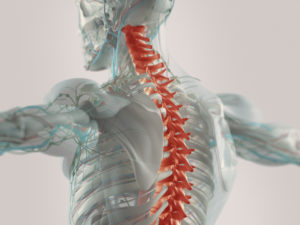The recent death of a six-year-old girl in New York due to medical misdiagnosis has raised concerns about how serious a problem medical error can be. Experts say the case highlights one of the major flaws in the medical industry and how much work remains to be done to ensure patients are accurately diagnosed and treated for their symptoms.
The case concerns a six-year-old girl who was rushed to a New York City hospital after a night of nausea and fatigue. Tests done in the emergency room determined that the girl’s blood sugar was five times the normal level, a level so high that the girl was in dire need of insulin to process her excess levels of glucose.
Sadly, the girl’s doctor, a pediatric endocrinologist, never ordered that she be given glucose due to a catastrophic misdiagnosis. Rather than accurately identify that the girl was suffering from Type 1 diabetes, the doctor decided that the young girl had Type 2 diabetes, a much less urgent condition that can be treated through diet, exercise and other medication.
This mistake led to the girl’s death and prompted questions about how mistakes like this one can happen given the advances of modern medicine. Type 2 diabetes is an extraordinarily rare condition in children under 10. So rare in fact, that one expert said that if a six-year-old had diabetes there is a 99.99 percent chance it is Type 1. Despite the overwhelming evidence in favor of Type 1 diabetes, the girl was misdiagnosed and later died. Since then, the girl’s family filed a medical malpractice case against the doctor, a case they won after a jury found the endocrinologist 100 percent liable for the girl’s death.
The girl’s death is one in a long string of incidents that highlight how dangerous misdiagnosis is for patients. A recent study by doctors at Johns Hopkins found that diagnostic errors represent the single biggest patient safety and medical malpractice problem in the country, something responsible for the deaths of tens of thousands of people every year.
The problem with tackling the misdiagnosis problem, according to experts, is that these errors are often difficult to measure and track. That’s because unlike surgical mistakes, which are evident immediately, misdiagnoses often takes time to detect. There is almost always a gap in the time between when the doctor mistakenly diagnoses the patient and when problems begin to arise, a gap that can make it difficult to identify the cause of the trouble.
To help improve the situation, some hospitals have begun implementing what are known as “decision-support systems,” computer programs that prompt doctors to check for other possible diagnoses after being given a patient’s symptoms. The hope is that these systems help a doctor to keep an open mind and not quickly zero in on one diagnosis, a common mistake that is responsible for many instances of misdiagnosis. The hope is that hospitals across the country implement these and other procedures to ensure the safety of patients. If so, tragedies like the one in New York might be avoided.
CA










Comments for this article are closed.